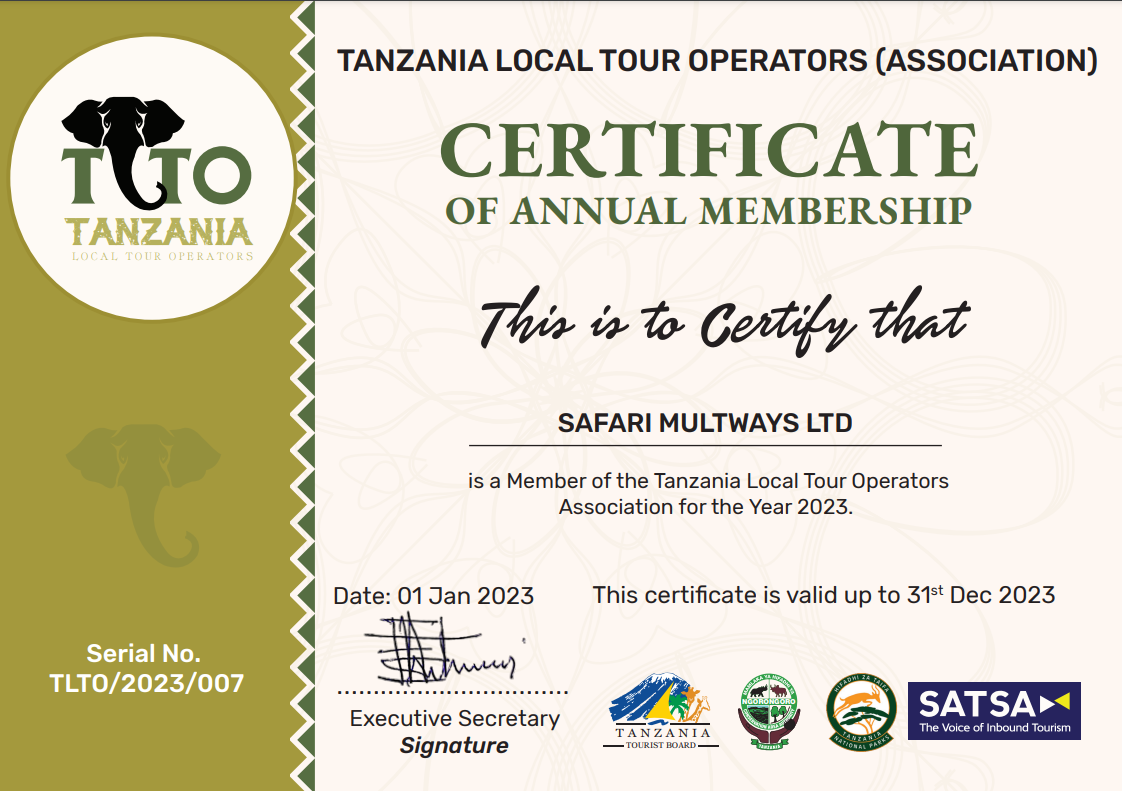Scaling Kilimanjaro: A Journey of Timing
Timing is Everything: The Key to Conquering Kilimanjaro
Scaling Mount Kilimanjaro is a feat that many adventurers aspire to achieve. Standing at a staggering 19,341 feet above sea level, this majestic peak in Tanzania offers a challenging yet rewarding experience for those brave enough to take on the journey. One crucial aspect that often gets overlooked in the quest to conquer Kilimanjaro is the importance of timing. The timing of your ascent can greatly impact your chances of success and overall experience on the mountain.
A Strategic Approach: How Timing Impacts Your Kilimanjaro Climb
When it comes to climbing Kilimanjaro, timing is everything. The weather conditions on the mountain can be unpredictable, with temperatures varying greatly depending on the time of year. The best time to climb Kilimanjaro is during the dry season, which typically falls between June and October. During this time, the weather is more stable, with less precipitation and clearer skies, making for better visibility and more enjoyable hiking conditions.
In contrast, the wet season, which occurs from November to May, brings heavy rains and increased cloud cover, making the trek up Kilimanjaro more challenging and less enjoyable. The trails can become slippery and muddy, posing a higher risk of accidents and making it harder to navigate the terrain. Climbing during the wet season also means dealing with the possibility of altitude sickness due to the colder temperatures and increased moisture in the air.
Another important factor to consider when timing your Kilimanjaro climb is the moon phase. A full moon can provide additional light to illuminate the trail during the night, making it easier to navigate and reducing the need for artificial lighting. Many climbers opt to schedule their ascent during a full moon to take advantage of this natural source of light, especially during the final push to the summit.
Aside from weather conditions and moon phases, the timing of your climb can also affect the overall crowds on the mountain. Peak season for climbing Kilimanjaro is typically during the months of July and August, as well as December and January. During these months, the trails can become crowded with other climbers, leading to longer wait times at campsites and a less solitary experience on the mountain. If you prefer a quieter and more peaceful climb, you may want to consider scheduling your ascent during the shoulder seasons, such as September to November or February to March.
In conclusion, timing plays a crucial role in the success and enjoyment of your Kilimanjaro climb. By strategically planning your ascent during the dry season, taking advantage of the moon phase, and avoiding peak tourist months, you can maximize your chances of reaching the summit safely and experiencing the awe-inspiring beauty of Africa’s highest peak. So remember, when it comes to conquering Kilimanjaro, timing is key.



